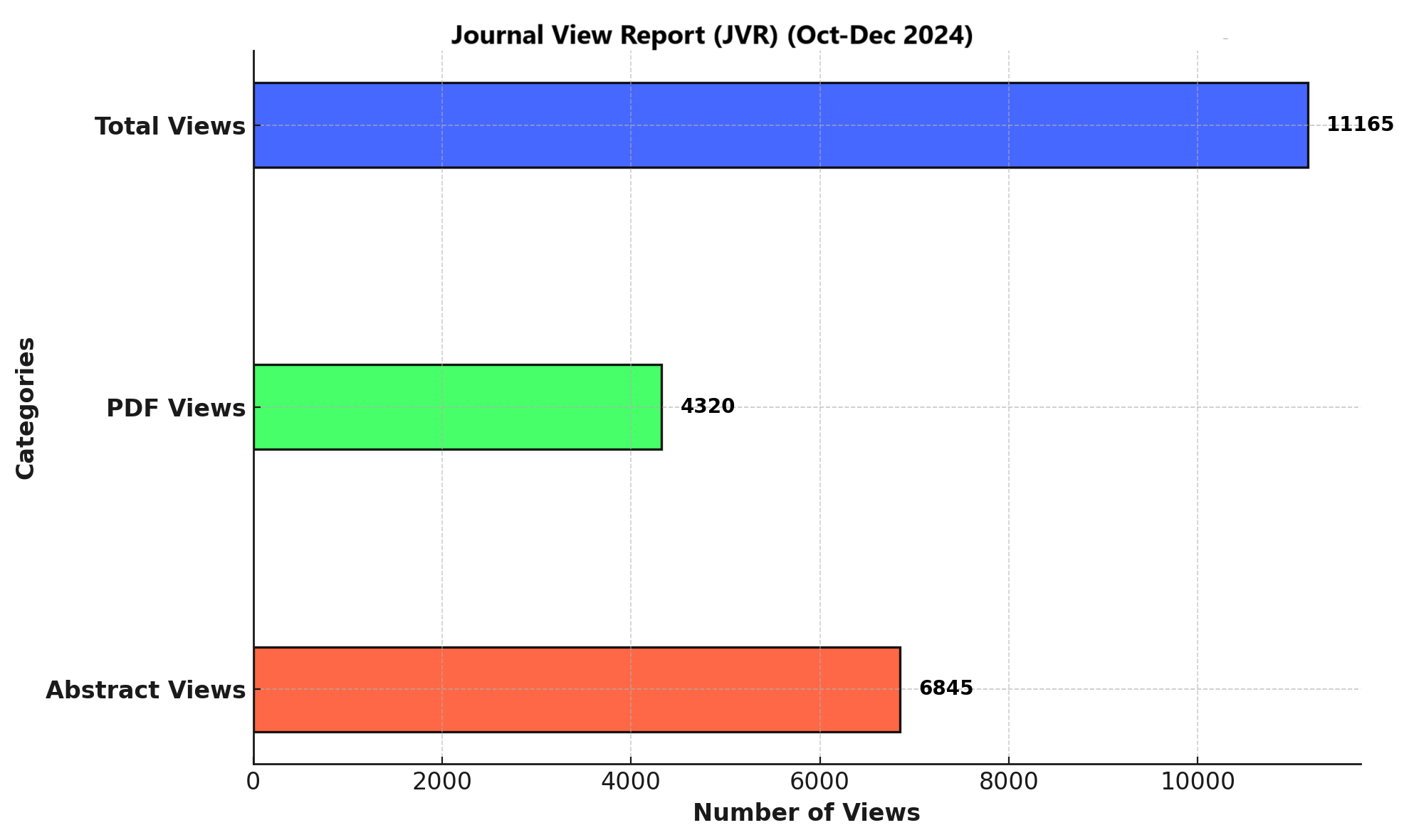FOOT POSTURE AND ITS ASSOCIATION WITH BALANCE FUNCTION IN GERIATRIC POPULATION
DOI:
https://doi.org/10.71000/00y4cq43Keywords:
Activities of daily living, aged, balance, foot deformities, foot posture, older adults, postural stabilityAbstract
Background: Foot posture plays a critical role in balance and functional mobility, particularly in the geriatric population. Aging is associated with changes in foot posture, which may lead to balance impairments, increased risk of falls, and reduced quality of life. Understanding the distribution of foot posture types and their relationship with balance function is essential for developing interventions to improve stability in older adults.
Objective: To determine the prevalence of foot posture types and their association with balance function in the geriatric population.
Methods: A cross-sectional study was conducted in Hayatabad, Peshawar, from March 2, 2022, to September 3, 2022. A total of 196 participants aged 60 years and above were recruited through non-probability convenience sampling. Participants were included based on predefined eligibility criteria and provided informed consent. Data collection involved demographic details, medical history, and assessments using the Foot Posture Index (FPI) to classify foot posture into neutral, pronated, highly pronated, supinated, or highly supinated. Static balance was evaluated using the Berg Balance Scale (BBS), with scores ranging from 0–56. Data analysis was performed using SPSS version 22, employing descriptive statistics and chi-square tests to determine associations.
Results: The study included 95 males (48.5%) and 101 females (51.5%), with a mean age of 69.07 ± 6.59 years. Pronated foot posture was the most prevalent (39.3%), followed by neutral (32.1%), supinated (17.9%), highly pronated (9.2%), and highly supinated (1.5%). Pronated foot posture was significantly more common in females (47.5%), while supinated foot posture was more prevalent in males (21.1%). Participants with pronated foot posture had higher BBS scores, with 47.9% scoring 51–56, compared to 32.9% of those with neutral posture. Conversely, 43.3% of participants with supinated foot posture had lower BBS scores in the range of 41–45. A significant association (p<0.05) was observed between foot posture and BBS scores, as well as between foot posture and gender.
Conclusion: Pronated foot posture is the most common type in older adults, followed by neutral and supinated postures. Pronated foot posture is associated with better static balance, as indicated by higher BBS scores, while supinated foot posture correlates with lower scores, reflecting poorer balance. These findings highlight the importance of foot posture assessments in geriatric evaluations to address balance impairments and reduce fall risks.
Downloads
Published
Issue
Section
License
Copyright (c) 2024 Iqra Mubeen, Ruqayyah, Sara Qureshi, Rafia Imtiaz (Author)

This work is licensed under a Creative Commons Attribution-NonCommercial-NoDerivatives 4.0 International License.







